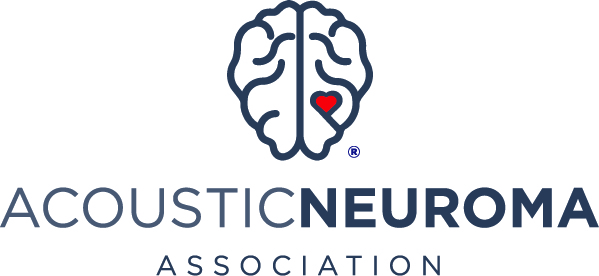I'm not much of a TV watcher, but when I do watch TV I love to watch the Forensic shows.
(I know what the heck does this have to do with AN's). Anyway I was watching the show based in Montana where a person was missing, and cerebellum tissue was found. Which told them the person was dead because the cerebellum controls the heart, memory and motor skills. ÂÂ
That caught my attention, so I did some quick research. Often times we think in terms of injury to the cranial nerve as the cause of, or focus of outcomes but clearly the cerebellum could be contributing. I've thought of balance problems as a balance nerve, sight, issue , not a cerebellum issue. I knew that Chet has Ataxia, but not where it or the nystagmus originated from. Guess what? It's listed under symptoms of the cerebellum. I've pasted a little of the information below from 2 sites. I've been a long time member of this board and over time I've seen postings from various forum members asking questions regarding each problem area listed in the last paragraph. For more information do a google search on functions of the cerebellum.
I hope othere find this as interesting as I did.
RaydeanÂÂ
Tremors
nystagmus "involuntary movement of the eye"
Ataxia "lack of coordination"
Second site
Cerebellum
Receives inputs from cortex & spinal cord and from visual, auditory, and vestibular nuclei.
Outputs are to the descending tract to control motor execution, to motor and premotor cortices for motor planning, and to the vestibular nuclei for balance and eye movements.
CEREBELLUM - Functions
Coordination and planning of skilled voluntary movement
Promotes synchrony and accuracy of movements required for precise, purposeful movements
Plays a central role in both the ordering and the proper timing of the initiation and termination of the many sequential motor steps required in most purposeful movements.
Influence locomotion, but is not essential for the generation of the basic movement patterns.
Role in motor learning

Cerebellar Dysfunction
Ataxia - loss of muscle coordination
Dysmetria - overshoot/undershoot target
Intention Tremor - tremor with voluntary movement.
Dysdiadochokinesia - inability to perform rapid alternating movements
Decrease in muscle tone
The cerebellum is involved in the coordination of voluntary motor movement, balance and equilibrium and muscle tone. It is located just above the brain stem and toward the back of the brain. It is relatively well protected from trauma compared to the frontal and temporal lobes and brain stem.
Cerebellar injury results in movements that are slow and uncoordinated. Individuals with cerebellar lesions tend to sway and stagger when walking.
Damage to the cerebellum can lead to: 1) loss of coordination of motor movement (asynergia), 2) the inability to judge distance and when to stop (dysmetria), 3) the inability to perform rapid alternating movements (adiadochokinesia), 4) movement tremors (intention tremor), 5) staggering, wide based walking (ataxic gait), 6) tendency toward falling, 7) weak muscles (hypotonia),

slurred speech (ataxic dysarthria), and 9) abnormal eye movements (nystagmus).
Return to Brain Map




